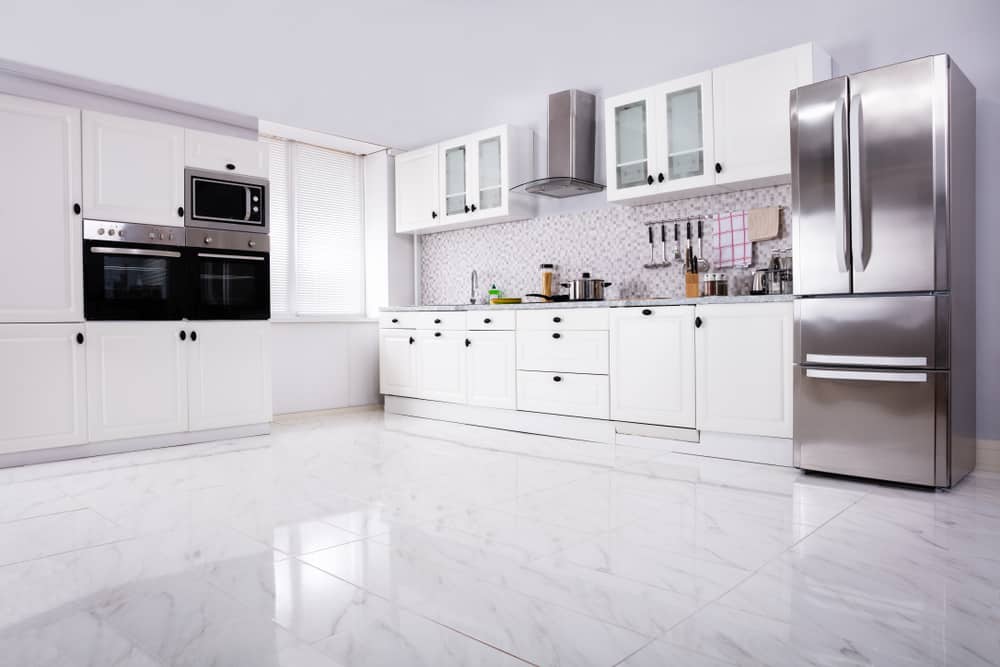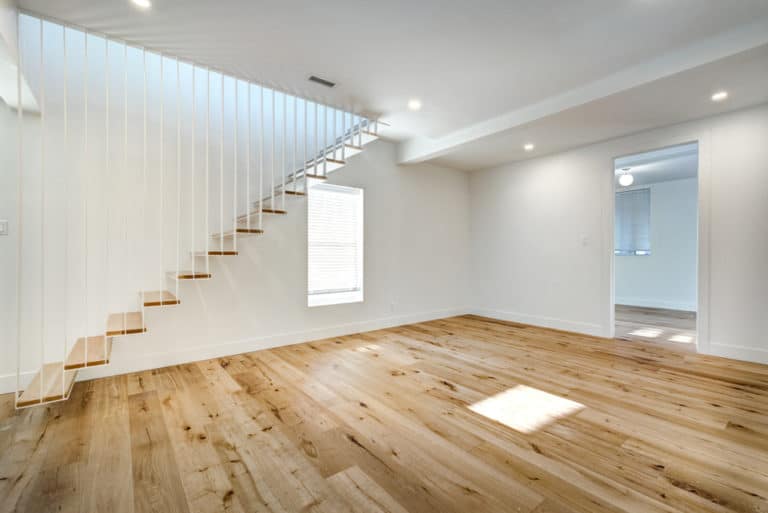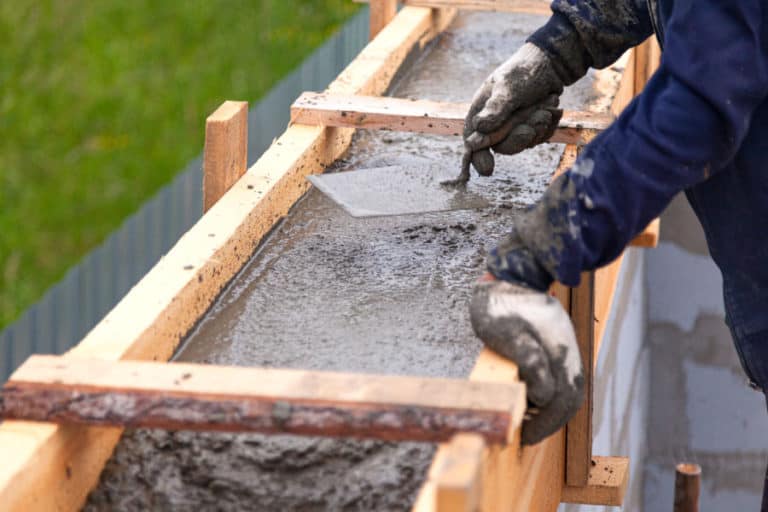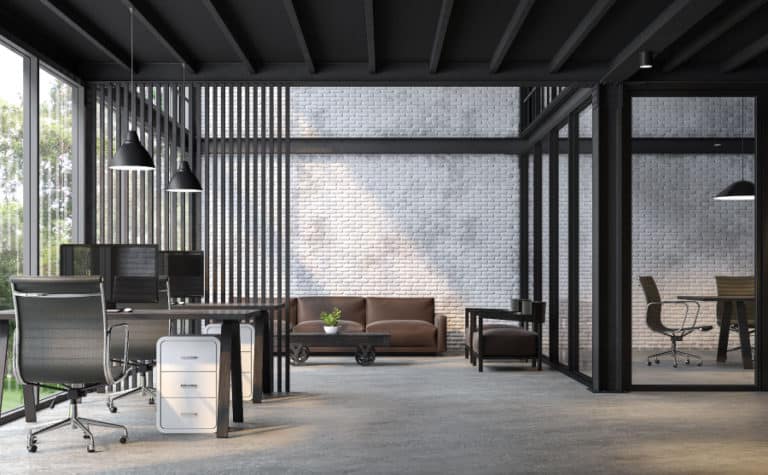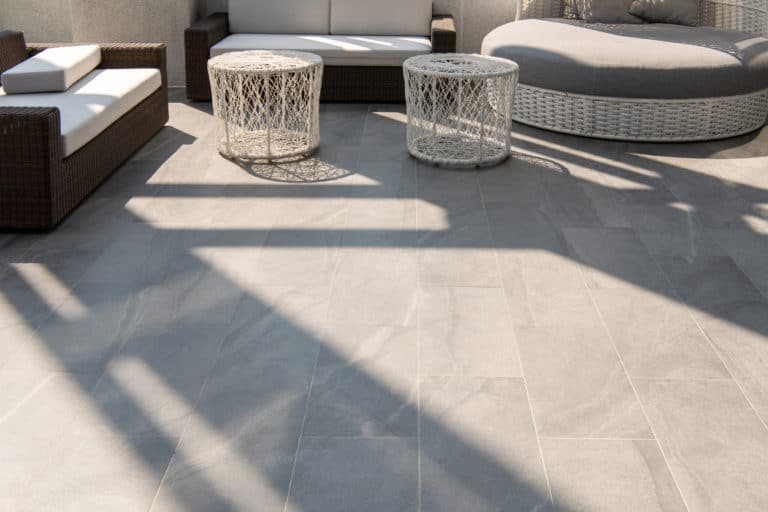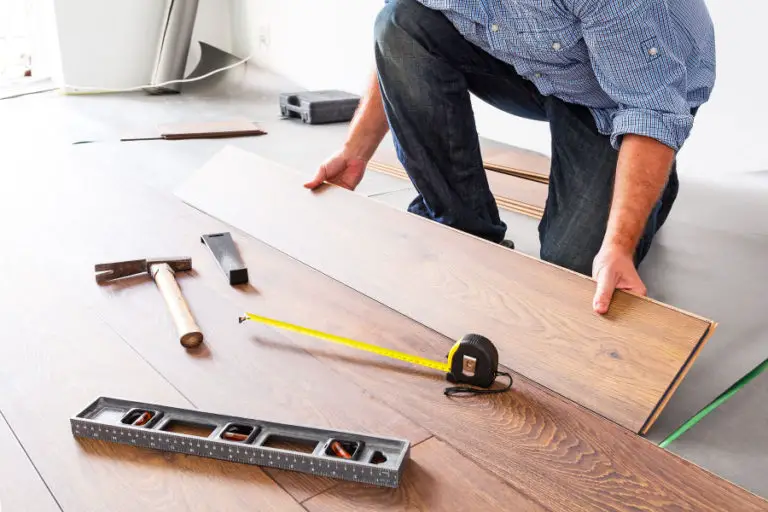Can You Have Two Different Floors In A Kitchen?
Nowadays, many people have islands and counters in their kitchens. Naturally, this has led to more socializing occurring in the kitchen. However, you might still want to create separate areas within the space. Can you do this by having two different floors in the kitchen?
You can create a separate feel and unique kitchen outlay by using more than one-floor type in the kitchen. Although the floors don’t have to be the same, stick to similar colors or materials to ensure a cohesive design. Certain floor materials work better in the kitchen than others.
This article discusses how to use different floors in the kitchen to create separate spaces while keeping the styling cohesive. In addition, this article discusses the best floor materials to use in the kitchen. While the kitchen design is important, the durability and practicality of the floor materials are imperative.
Can You Use Multiple Floor Materials In The Kitchen?
As many homes are now more open-planned, it may be challenging to create the feeling of separate spaces within one big room. This is also a challenge in the kitchen, where the cooking and dining areas may be connected. For example, many homes have an island in the kitchen that serves as a dining table.
While these designs are perfect for small apartments and help create the feeling of ample, open space, they make it more challenging to style different parts of your open-plan area. One way to create the sense of separate areas within a room is by having different floor materials.
Different floor materials work well when you want to separate the working part of a kitchen and the dining area. While you can use different floor materials in the kitchen, there are a few things you should be aware of when doing so.
1. Choose Light Colored Floors
Regardless of your home’s aesthetic, always use a lighter-colored floor in your kitchen. Because the kitchen has many large appliances, such as a fridge and stove, a kitchen can easily start to feel cramped. In addition, the kitchen has a lot of cabinetry, which also adds to the cramped feeling of the room.
Therefore, having dark-colored floors will further add to the kitchen feeling small or cramped. However, light-colored kitchen floors can make the space feel light and open. This adds to the aesthetic appeal of the kitchen. Although light-colored floors stain easier and become dirty quicker, it is ultimately best to use light-colored floors in your kitchen.
2. Choose Similar Colored Floor Materials For The Kitchen
Although you may be trying to create distinctly different spaces, use floor materials with the same color pallet. This will help to keep the room cohesive. Having two completely different colored floor materials in the kitchen will cause the room to look unorganized and cluttered.
Therefore, even though the floor materials don’t have to be precisely the same color, try to stick to one color pallet for the different sections of the kitchen. For example, if your color pallet is sand, opt for a lighter shade of sandstone in the kitchen’s work area and a darker color of sandstone in the dining area of the kitchen.
3. Use Different Floor Materials For Different Sections
If you want to, you can use different floor materials for the different sections of the kitchen. For example, use hardwood floors in the kitchen’s dining area and ceramic tiles in the work area. By doing so, you can create two distinct areas within one open space.
This also allows you more freedom to choose the floor materials for the dining area, as not all are suitable for the work area in the kitchen. We will discuss the best floor materials for the kitchen’s work area later in this article.
4. Create A Border With Different Materials In The Kitchen
Suppose you don’t want to use different floor materials or colors for the various sections in the kitchen. In that case, you can create a divide by using a border. When using ceramic tiles in the kitchen, you can create a boundary between the different sections with another color or shape of the tile.
You can use the same tiles for the entire kitchen but still have well-defined sections within the space. This will also allow you to arrange the furniture in the kitchen in various ways without being restricted by the borders of different floor materials.
Now that you know how to use two different floor materials in the kitchen, you must also consider what materials to use.
The Best Floors To Use In A Kitchen
Kitchen floors should not only be pretty but also practical. As you spend a lot of time in the kitchen, you must have floors made of durable materials. In addition to durability, kitchen floors should also withstand high temperatures and liquid spills.
Therefore, not all floor materials are equally practical in the kitchen. Fortunately, however, many floor materials are perfectly suitable for use in the kitchen.
1. Ceramic Tile Floors In The Kitchen
Ceramic tiles are considered the best materials to put in your kitchen. They are durable and stain-resistant. Although some ceramic tiles are slippery when wet, tiles with a rougher surface will also not be as slippery. Choose ceramic tiles that are light in color and heat resistant for your kitchen’s most durable floor surfaces.
2. Vinal Floors In The Kitchen
Vinal floors have recently made a comeback in kitchens. These floors are softer than tiles, making them easier on your feet when standing for long periods. They are also warmer than tiles, and because they are softer, the chances of your crockery breaking when dropped are reduced.
Don’t buy the cheapest vinal floors, as these are not durable and won’t last. Instead, purchase higher quality vinal floors at least 3.5mm thick. These vinal floors will last for a long time and are also spillproof and heat resistant.
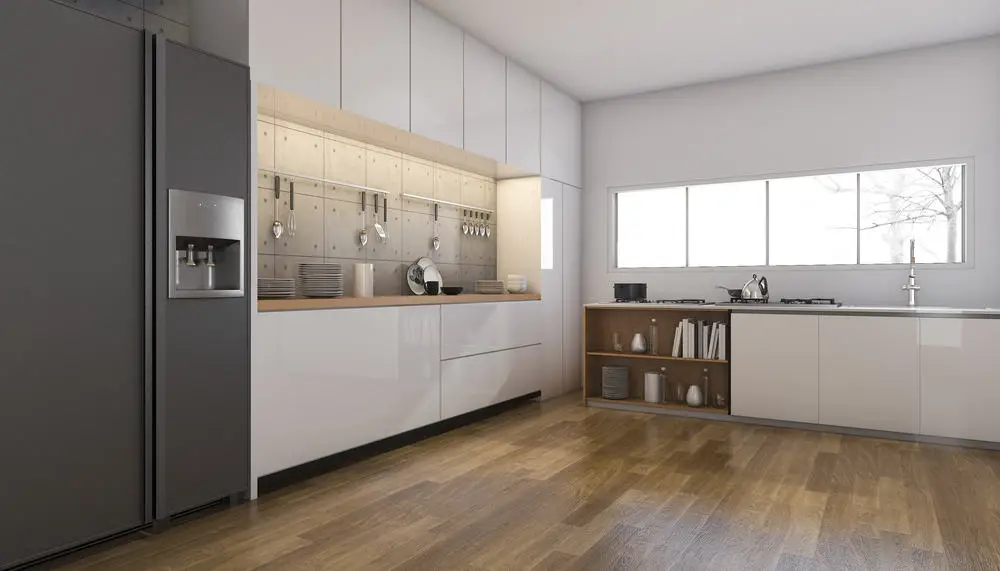
3. Natural Materials For Kitchen Floors
You can also use natural materials in the kitchen, such as natural stone or hardwood. However, these materials aren’t as durable as other materials, and you must seal the stone or wood to protect the materials from water damage, high temperatures, and stains.
Provided you seal the natural floors thoroughly, you can use natural materials for flooring in the kitchen to create a rustic, unique kitchen design.
4. Laminate Flooring In The Kitchen
Although laminate floors might have a bad reputation as being fake, they are durable and resistant to stains and water damage. They are also easy to clean and suitable for underfloor heating. In addition, when you buy higher-quality laminate floors, they are almost indistinguishable from natural stone or wood floors.
The greatest advantage of laminate floors in the kitchen is that they are much more affordable than many other materials we have discussed. Therefore, consider laminate floors when using different floor materials in your kitchen.
Conclusion
You can use different floors in the kitchen to separate spaces within the room. Different floors add to the style of the kitchen and can create distinct dining and work areas within one space. Use similar color pallets for the different sections and stick to light-colored floors in the kitchen.
Ceramic tiles, vinal, natural materials, and laminated floors are good options for flooring in the kitchen, depending on your budget and how you care for the floors.

